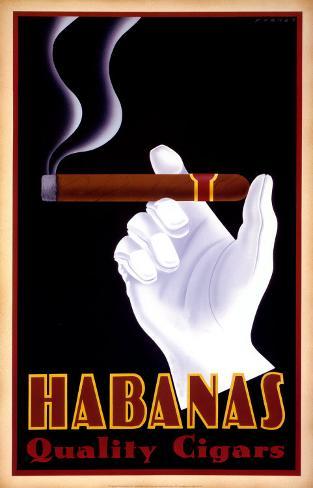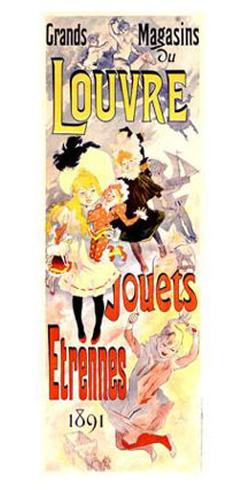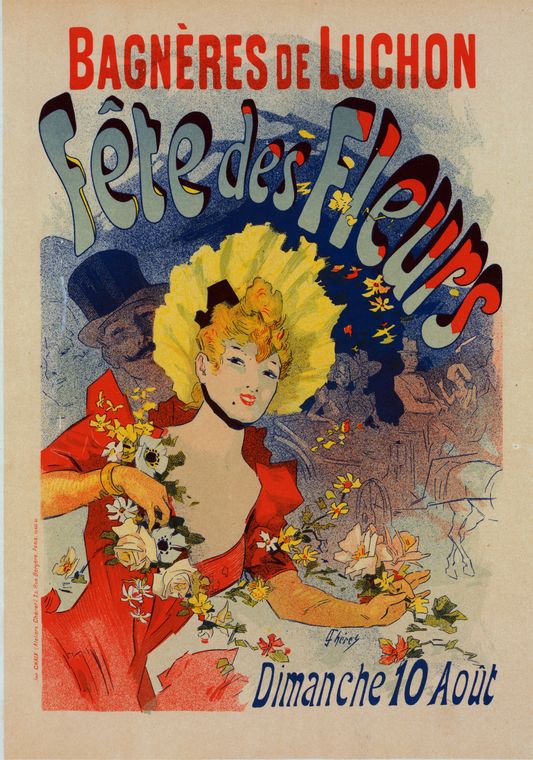The characteristic of International Typographic style were:
* Asymmetrical organizing the design elements on constructed grid
* Using photography and illustration to present visual and textual information
* Using sans-serif typography set. They believed it expressed the spirit of a progressive age.
They believed that visual appearance of the work is not the most important thing. Design should be grounded on universal artistic principles and designer for them is not artist, he is communicator with his visual works. The ideal of design is to achieve clarity and order.
Max Bill
He was Swiss graphic designer, architect, sculptor and painter. He was mostly doing the advertising designs. Forced to study at Bauhaus, he learned about architecture, with metalwork, stage design and painting. He was really all over the place so latter he was focusing on doing painting, architecture and sculpture while he was living by earning money for designing advertisements.
Bill was convinced that architecture and design could create a new society if only informed by science and shaped by technology. He derived his rigorously geometric forms and meticulously planned and fashioned compositions from mathematical systems, formulae and other relationships, while his use of colour is reminiscent of charts illustrating theories of colour and its perception.
References
Max Bill (Swiss artist) -- Encyclopedia Britannica. 2013. Max Bill (Swiss artist) -- Encyclopedia Britannica. [ONLINE] Available at:http://www.britannica.com/EBchecked/topic/65351/Max-Bill. [Accessed 25 November 2013].
A History of Graphic Design: Chapter 42; The Swiss Grid System -- and the Dutch Total Grid. 2013. A History of Graphic Design: Chapter 42; The Swiss Grid System -- and the Dutch Total Grid. [ONLINE] Available at: http://guity-novin.blogspot.com/2011/07/chapter-42-swiss-grade-style-and-dutch.html. [Accessed 25 November 2013].
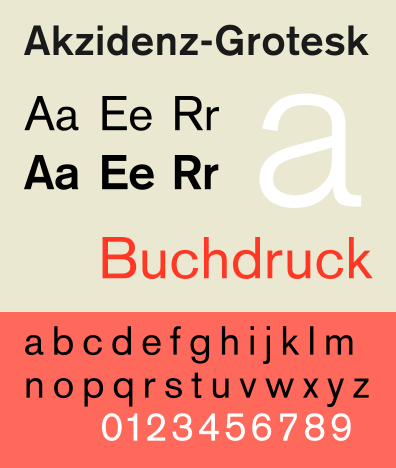
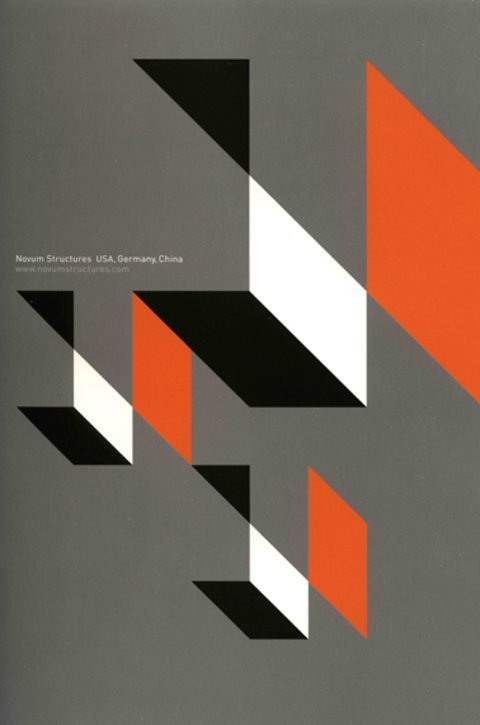

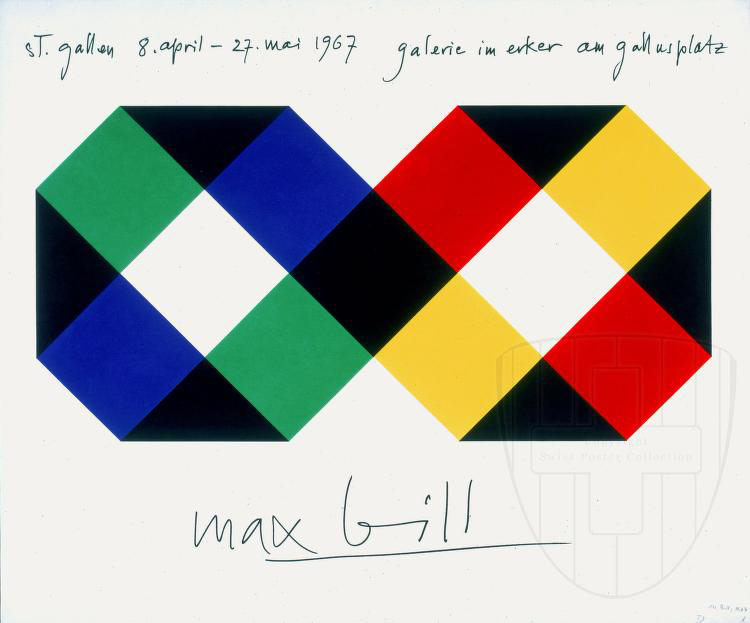






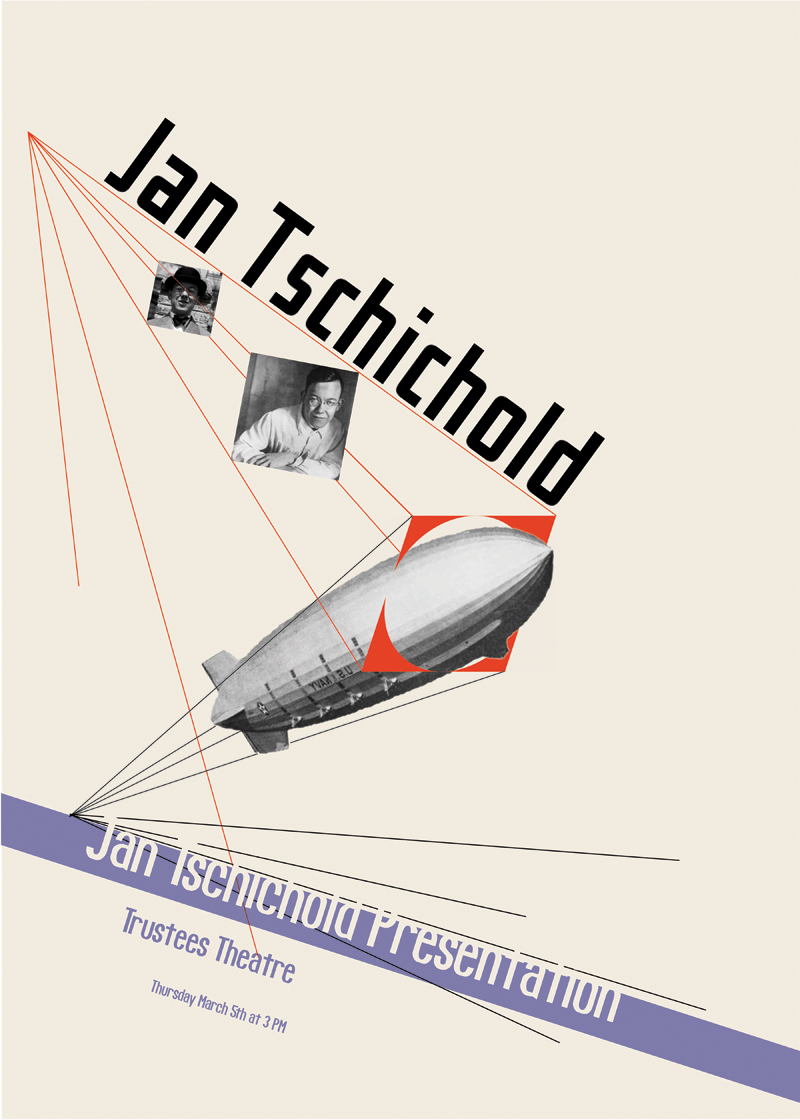









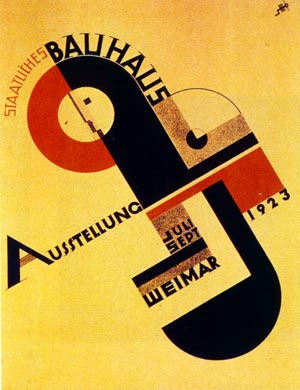
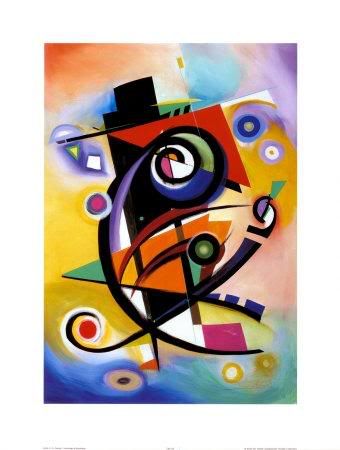




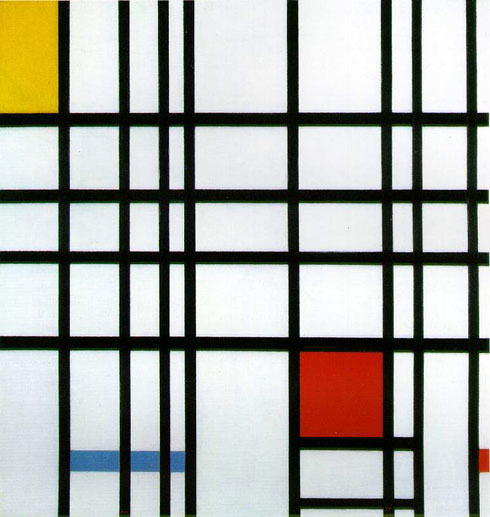
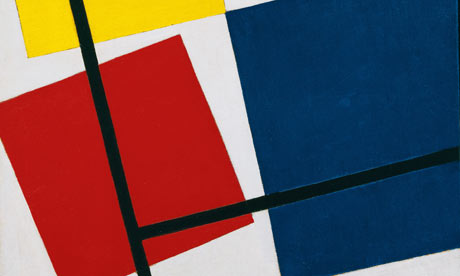
.jpg)














